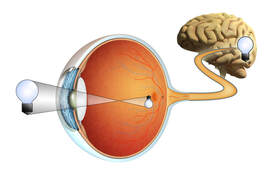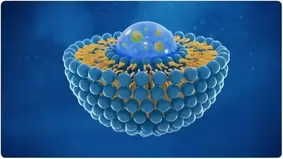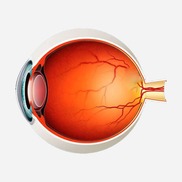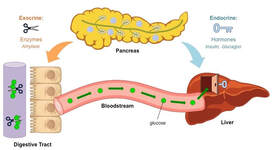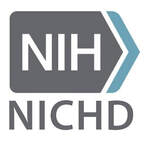Selected Ongoing Research Projects
Developing Lutein Emulsion-Fortified Infant Formula
Lutein is a dietary bioactive compound essential for infant health but has a low bioavailability. In our previous research, we successfully developed a type of lutein emulsion stabilized by a modified starch, which enhanced the stability and oral bioavailability of lutein in neonatal rats.
In this USDA-funded research, we will develop a model infant formula fortified with the lutein emulsion. The bioavailability and bioactivity of lutein in the formula will then be tested in a neonatal rodent model.
|
Lutein and Retinopathy of PrematurityFunded by Sigma Xi Grants in Aid of Research, this project aims to study the role of lutein, delivered by nanoemulsions, in the progression of retinopathy of prematurity (ROP) in preterm newborn rats. ROP is an eye disorder that affects ~32% of hospitalized preterm babies in the U.S. and is a leading cause of blindness among them. Lutein is a dietary antioxidant and the main component of the macular pigment to protect against light-initiated oxidative damage. Its concentration in the eyes of preterm infants was found to be significantly reduced. Vitamin A and Neonatal Adipose Tissue Development
Retinoic acid, the active metabolite of vitamin A, is known to be a key regulator of adipose tissue development in adult obese models. However, little is known about the effect of vitamin A or retinoic acid on obesity-associated developmental and metabolic conditions in early life. In this project, through a series of studies using Sprague-Dawley rats as the animal model, we assess the effects of dietary vitamin A supplementation or retinoic acid treatment on the adipose tissue development and associated metabolic conditions of neonatal rats from mothers consuming an obesogenic diet.
|
Vitamin A Kinetics and Supplementation in NeonatesVitamin A is an essential micronutrient required for normal embryonic and neonatal development, in terms of growth, vision, lung development, and immunity. However, not much is known about the metabolism of vitamin A in the neonatal period. In collaboration with researchers from Pennsylvania State University, this NIH-funded project aims to study the whole-body metabolism and kinetics of vitamin A in neonatal rats as well as the effects of different forms of vitamin A supplementation on the kinetics.
|

